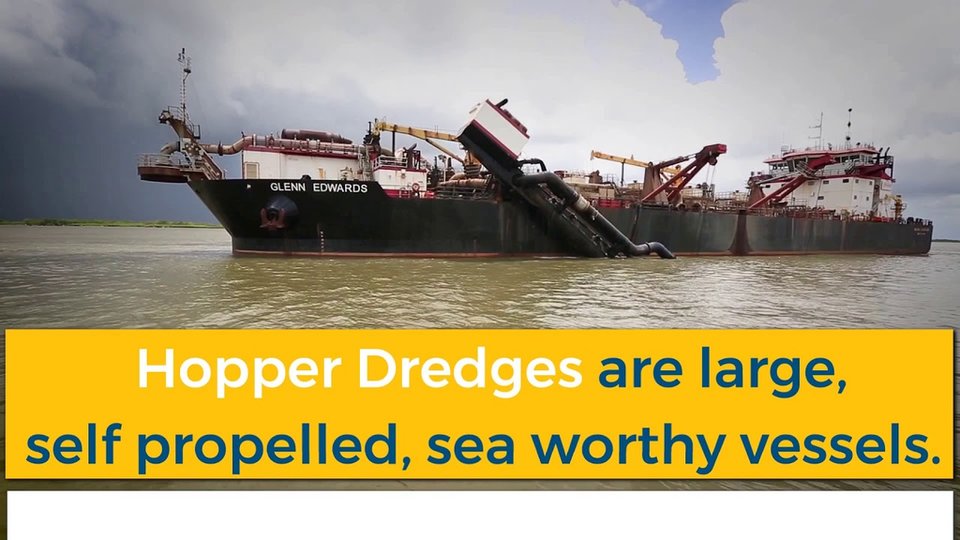Keeping the Mississippi River Channel clear
It’s been over a century since Mark Twain lamented that his contemporaries were “ignoring the finest part of the Mississippi”, where “every hour brings something new”.
Today, the Mississippi River and its tributaries are anything but ignored. The river, which springs from Lake Itasca in northern Minnesota and flows south for 2,320 miles, is recognised as an economic powerhouse for the ten states it traverses and an iconic cultural treasure in North American history.
The Louisiana Maritime Association (LaMA) formed in 1912 to protect and promote all shipping activity taking place on the river. But as concerns grow regarding its future management with regards to flood protection measures, recreational boating, fishing, invasive species and questions around coastal restoration and minimizing the negative impacts of pollutants, LaMA partnered with the Big River Coalition, a body wholly committed to protecting maritime commerce across the Mississippi River.
The latest product of this collaboration is a short educational video which documents the process of sediment recycling from the riverbed. This has a two-fold benefit: firstly, it ensures that the river maintains its optimal navigational depth, while the dredged material has been repurposed to create almost 8,000 acres of marsh in Louisiana, an area that experiences some of the highest land loss rates in the world.
Since the 1930s, Louisiana has lost about 1,900 square miles of land that have disappeared into open water. Recent catastrophes, such as Hurricanes Katrina and Rita, and the BP oil disaster, exacerbated this coastal crisis.
The project, now in its tenth year, has racked up costs of $237m – however, its benefits in terms of the long-term preservation of the delta’s biodiverse wetlands, as well as the reinvigorated trade opportunities it ensures, are seen as priceless.
Keeping the Mississippi River Channel clear
It’s been over a century since Mark Twain lamented that his contemporaries were “ignoring the finest part of the Mississippi”, where “every hour brings something new”.
Today, the Mississippi River and its tributaries are anything but ignored. The river, which springs from Lake Itasca in northern Minnesota and flows south for 2,320 miles, is recognised as an economic powerhouse for the ten states it traverses and an iconic cultural treasure in North American history.
The Louisiana Maritime Association (LaMA) formed in 1912 to protect and promote all shipping activity taking place on the river. But as concerns grow regarding its future management with regards to flood protection measures, recreational boating, fishing, invasive species and questions around coastal restoration and minimizing the negative impacts of pollutants, LaMA partnered with the Big River Coalition, a body wholly committed to protecting maritime commerce across the Mississippi River.
The latest product of this collaboration is a short educational video which documents the process of sediment recycling from the riverbed. This has a two-fold benefit: firstly, it ensures that the river maintains its optimal navigational depth, while the dredged material has been repurposed to create almost 8,000 acres of marsh in Louisiana, an area that experiences some of the highest land loss rates in the world.
Since the 1930s, Louisiana has lost about 1,900 square miles of land that have disappeared into open water. Recent catastrophes, such as Hurricanes Katrina and Rita, and the BP oil disaster, exacerbated this coastal crisis.
The project, now in its tenth year, has racked up costs of $237m – however, its benefits in terms of the long-term preservation of the delta’s biodiverse wetlands, as well as the reinvigorated trade opportunities it ensures, are seen as priceless.
Image courtesy of
